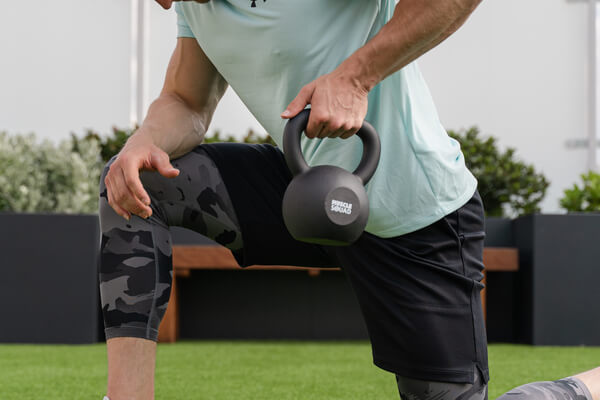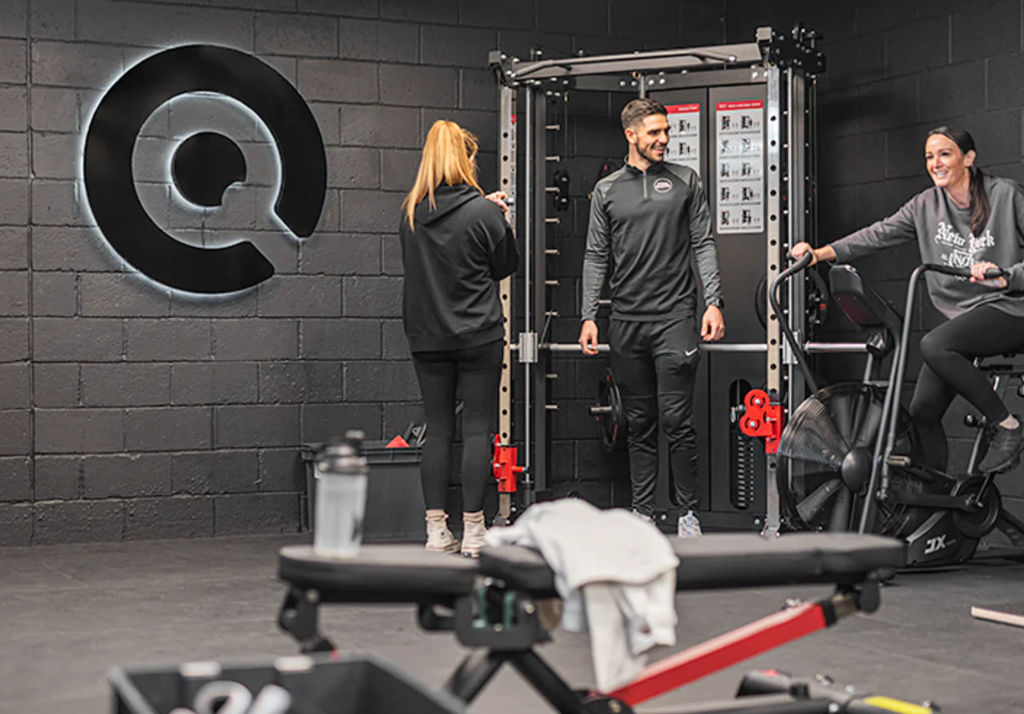CJ's Story (Our Creative Brand Manager)
Sustaining an injury can be extremely frustrating for many, and not only does it affect your training, but also your everyday life. After training for 21 years and having no serious injuries, you can imagine my frustration at rupturing my Achilles sprinting for the ball whilst playing football with some friends. Going to hospital and being told you will not be able to walk or drive for several months can deflate you, and you automatically start thinking about the negative effects the injury would not only have on your training, but on your life in general. You realise how much you take the smaller simple things for granted, like walking, going up and down the stairs, standing and sitting unaided.
However, all is not lost. For me personally, I am especially grateful for my home gym. A lot of us use the gym as an outlet, having a home gym and still being able to train in some way has really kept me going this past month. Here is a few tips and bits of advice I have implemented over the past few weeks, as I continue to train with this injury. Hopefully, this can help you gain a little bit of normality and train whilst recovering from an injury.

Safety first
First things first, think about your safety. You must still remember that although you want to smash your workout, that there will be some limitations due to your injury. The last thing you want to do whilst you’re injured is to aggravate your injury or even sustain another one, so be safe. If you feel any pain doing a movement, STOP. Play it smart, don’t try and do something silly like squat with a leg injury, or do anything that would put you in a dangerous or precarious position. Plus, don’t try and hit any 1 rep maxes or anything, they can wait till you’re fully fit again!
Adaptation is key
Adapting to your new situation is very important. Acknowledging what you can and can’t do will not only give you a good starting point, and it can also help you start to build some normalcy. Adapt your workouts and exercises to your current situation, if your leg is injured see what other exercise movements you can do without needing to use your legs.

Experiment, have fun & be creative
Carrying an injury isn’t fun, but it doesn’t mean that your training can’t be. Don’t be afraid to step away from the norm. Test out variations of exercises, for example if you are unable to use one of your legs due to injury but want to do a bench press, how about trying “The Larsen Press” a variation of the bench press but one that uses no leg drive. As your legs aren’t touching the floor all the focus is on the chest, triceps, shoulders, and other stabiliser muscles. If you can’t deadlift, maybe you can do rack pulls, if you can’t barbell back squat maybe you can belt squat etc.

Lighter weights and higher reps
When nursing an injury, you may have to lower the weight you would normally use, and maybe go for higher reps. Don’t throw the weights around but focus on mind muscle connection and try to feel your target muscles working. This can help promote blood flow which is great for injury recovery.

Change your mentality
Outside of the physical side of an injury, it can really hit you hard mentally. You start to think of all the things that you can’t do. To combat that, start thinking positively. Think of the things that you CAN do and do them! Don’t allow yourself to wallow in self-pity, but tap into some motivation, get fired up and focus on moving forward no matter how difficult it may seem. Staying positive, coupled with good nutrition and training will help aid the healing process.

Embrace Rehab & Prevention
Once you’ve overcome your injury remember not to rush straight back into hardcore training. Take your time and focus on including some rehabilitation on the area you had previously injured and focus on building any stabilising muscles to help prevent the injury from happening again.
Want to see some video demonstrations of Carl's injury adjusted exercises and follow along on his journey to recover, then follow us @musclesquaduk

 Apr 25, 2023 - JY Sharif
Apr 25, 2023 - JY Sharif


1 comment
May 30, 2023 • Posted by Malick
I highly appreciate you for these words “Adapting to your new situation is very important. Acknowledging what you can and can’t do will not only give you a good starting point, and it can also help you start to build some normalcy. Adapt your workouts and exercises to your current situation, if your leg is injured see what other exercise movements you can do without needing to use your legs.” Interested people can search here for fitness-related products. https://www.maskura.co.uk/collections/fitness
Leave a comment: